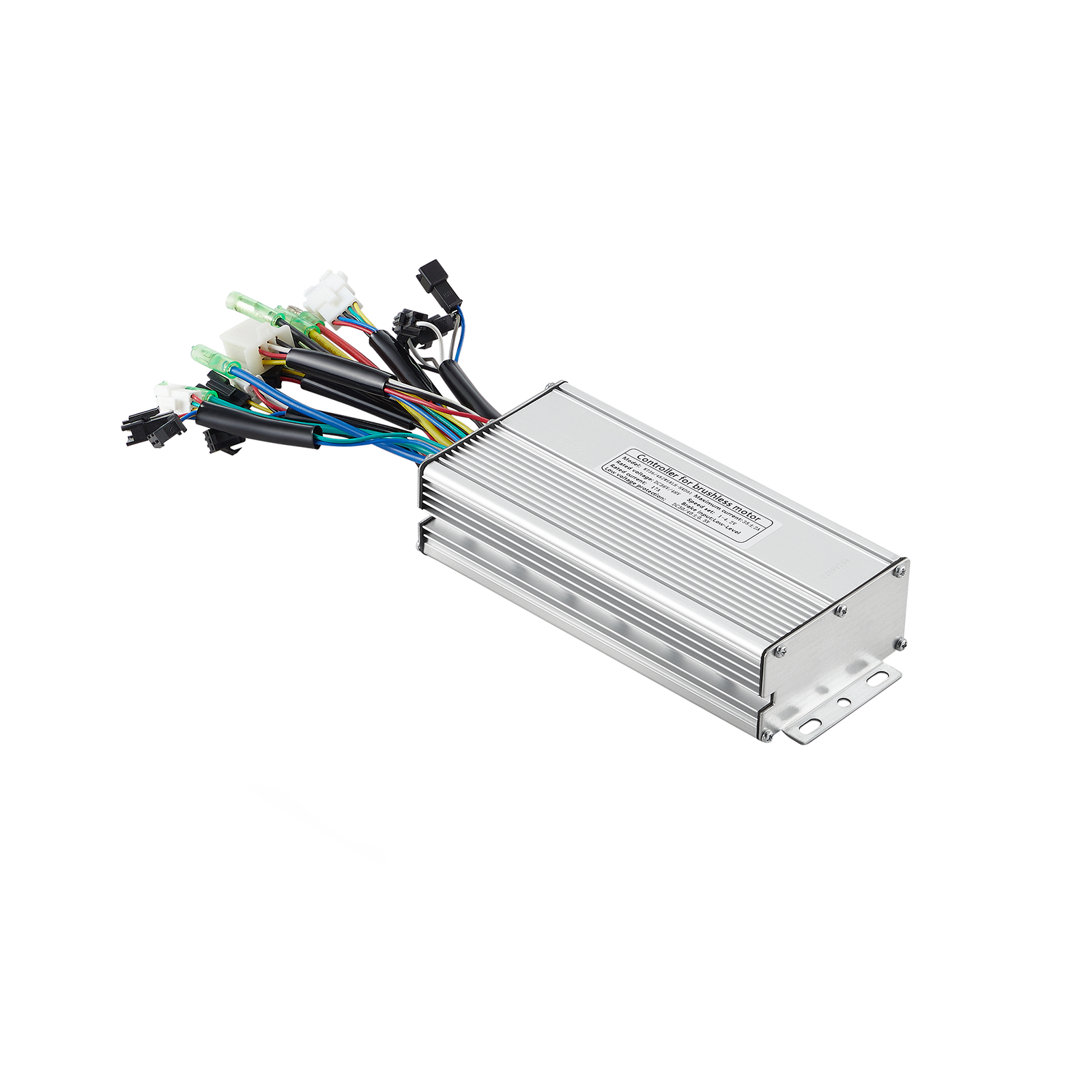AHicks
Well-Known Member
- Region
- USA
- City
- Snow Bird - Summer S.E. Michigan, Winter Gulf Coast North Central Fl.
I've read those too.....I see, I was confused by some posts saying that going slow up hill overheats the motor (no matter what power setting you have). Obviously stalling out the motor will quickly overheat it. They just didn't post it that way.
I think some are ex dirt bike riders that are used to having to keep a peaky motor within it's power band. These are electric motors, and if you'll have a look at that Grin chart (again) you'll see where most of the torque is available. My opinion anyway, with no electrical engineering degree to back me. -Al

